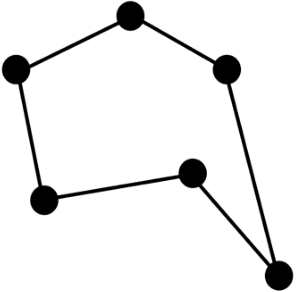A Mathematical Approach to Constraining Neural Abstraction and the Mechanisms Needed to Scale to Higher-Order Cognition
Paper and Code
Aug 12, 2021



Artificial intelligence has made great strides in the last decade but still falls short of the human brain, the best-known example of intelligence. Not much is known of the neural processes that allow the brain to make the leap to achieve so much from so little beyond its ability to create knowledge structures that can be flexibly and dynamically combined, recombined, and applied in new and novel ways. This paper proposes a mathematical approach using graph theory and spectral graph theory, to hypothesize how to constrain these neural clusters of information based on eigen-relationships. This same hypothesis is hierarchically applied to scale up from the smallest to the largest clusters of knowledge that eventually lead to model building and reasoning.
 Add to Chrome
Add to Chrome Add to Firefox
Add to Firefox Add to Edge
Add to Edge